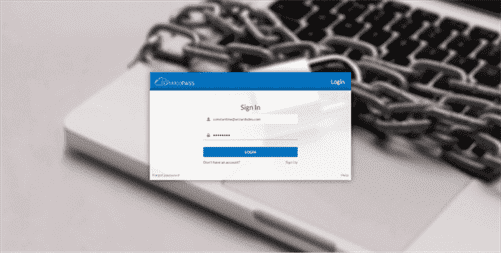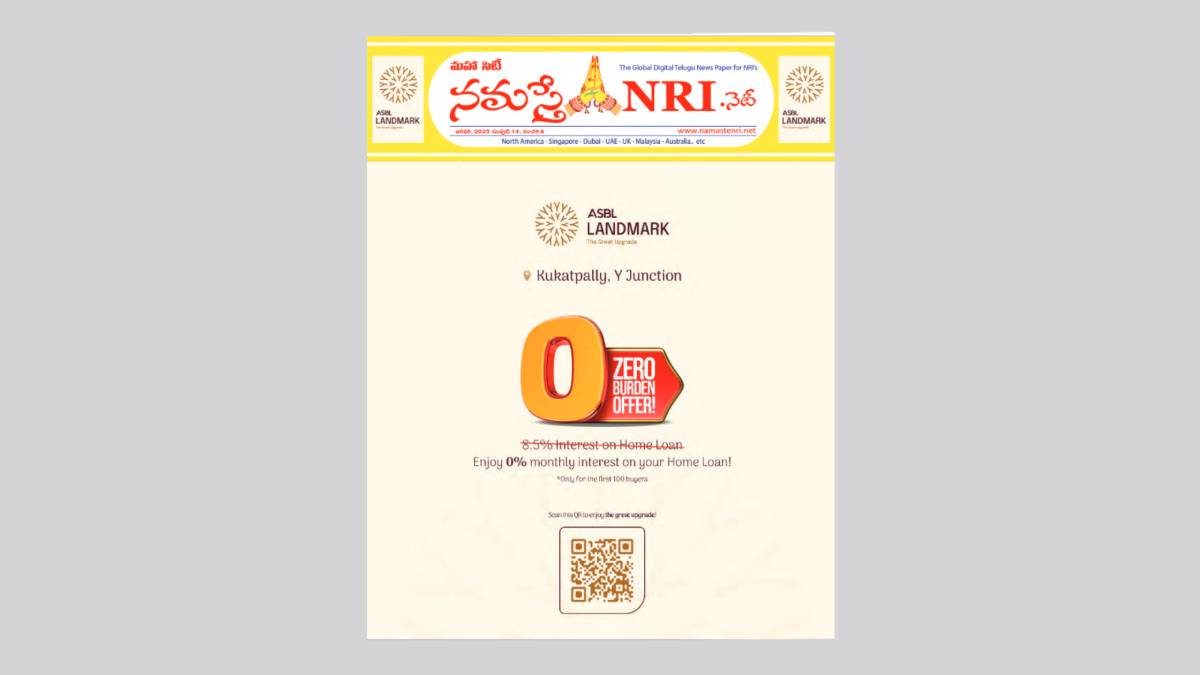If you want Jenkins to only monitor a specific branch, you can add its relative path here (i.e., `/main`). The following steps show you how to set up Jenkins for Windows computers. However, the concepts are somewhat transferable to non-Windows operating systems.

One of the benefits of using a multibranch pipeline is that it allows you to build and test your code in a separate environment for each branch. So a well-defined Jenkins pipeline can help shorten production times and improve the quality of applications. You can learn in detail through our blog on how to create Jenkins pipeline. Similar to hire jenkins developers the Apollo builder but it uploads outputs as GitHub releases which is useful for public projects with complex build pipelines. The CSB takes on average 5-6 hours to run so we cannot easily run this on free infrastructure. For the Git plugin, it allows you to clone a git repository into the job’s directory, and then run scripts from there.
Jenkins and CI/CD
The need for Jenkins becomes especially acute when deploying to a microservices architecture. Since one of the goals of microservices is to frequently update applications and services, the ability to do so cannot be bounded by release bandwidth. More and smaller services with faster update intervals can only be achieved by the type of automation Jenkins provides. We’ve already seen that Jenkins supports building with Maven; it also works with Ant, Gradle, JUnit, Nexus, and Artifactory. The Manage Jenkins page allows you to do up to 18 different things, including the option to open a command-line interface.

Jenkins integrates development life-cycle processes of all kinds, including build, document, test, package, stage, deploy, static analysis, and much more. A Jenkins Slave refers to a Java executable running on a remote server. The Jenkins Slave server is designed to be compatible with most operating systems and follows all the requests from the Jenkins master. It executes all the build jobs it receives from the Jenkins Master server. Jenkins picks whichever available Slave onto which to send requests, but you can configure the system to choose specific Slave machines to run particular projects.
Digital Experience Testing
Some developer completes their task in 25 days while others take 30 days to complete. As an open-source product, Jenkins shines because of its popularity. It is also one of the more established products available in this area. This page will help to configure the Automation rule in Jira to trigger the Jenkins build. Also, you would be able to use the Jenkins credential as a parameter.
- Select the Freestyle project option to enable creating jobs, script post-build actions, and configure project build triggers, then click OK.
- Additionally, when using Jenkins you have a plethora of plugins for helping you with test automation.
- As you might already know, Jenkins works with a plugin system that allows you to build jobs easily.
- One of the advantages of Jenkins is that it can be extended using plugins.
- The Jenkins Agent connects to the Jenkins Controller to run build jobs.
- Jenkins security revolves around securing the server and the user.
Check the differences between CircleCI and Jenkins – two widely used CI/CD integration tools and the… To execute the job Click on Build Now, which will trigger a new build as seen below. Jenkins can be used to schedule and monitor the running of a shell script via user interface instead of command prompt. Now, on your project’s dashboard, click Build Now to run the build. If you didn’t include a password while creating the SSH key, click Enter directly and click the Add button. Enter your SSH Private key into the Key input field, as shown below, and press the OK button to save the credentials.
Source
At this point, however, we should look at pipelines, which are enhanced workflows that are typically defined by scripts. Once you have picked your initial set of plugins, click the Install button and Jenkins will add them. When you run Jenkins for the first time, it creates an administrative user with a long random password, which you can paste into its initial web page to unlock the installation. Apart from these, many tools help with the analysis and reporting of tests. Some of these are Tests Analysis Plugin, Test Results Analyzer, bootstrapper-multi-test-reports-plugin, Junit publisher plugin, etc.
You can include other types of tests like integration or functional tests, linting, or code coverage—it depends on the environment you’re targeting. For instance, some folks would recommend that you only run unit tests for a development environment. But, honestly, I’d suggest you run some critical functional tests as well to catch problems early.
Running the Tests in the Jenkins CI Pipeline
Perhaps you prefer to keep your repository private, which is common for client projects. If so, you’ll need to create credentials to authorize Jenkins to clone your project from GitHub. https://www.globalcloudteam.com/ Once an admin decides on the preferred version, they select a button that invokes the Cloudify workflow. The workflow then accesses Jenkins through the Cloudify Main Manager.
One of the advantages of Jenkins is that it can be extended using plugins. Plugins also contribute to the flexibility of Jenkins, as does the rich scripting and declarative languages that allow for highly custom pipelines. Since Jenkins is highly unopinionated, it fits well into most environments, including complex hybrid and multi-cloud systems. One of the basic principles of Continuous Integration is that a build should be verifiable. Without proper automated testing, you find yourself having to retain many build artifacts and test them by hand, which is hardly in the spirit of Continuous Integration.
Advantages of using Jenkins
Builds can be performed on demand by developers who want to verify that their feature/bug fix works without having to wait for the next scheduled build (e.g., “Cron” mode). This may use more than one machine so as not to slow down development. The Jenkins X project was formerly launched in 2018 with the goal of creating a modern, cloud native Jenkins. Its architecture, technology and pipeline language are completely different from Jenkins. Jenkins X is designed for Kubernetes and uses it in its own implementation. Other cloud native technology that Jenkins X uses are Helm and Tekton.

I am pretty sure you all have used Nokia phones at some point in your life. In a software product development project at Nokia, there was a process called Nightly builds. Nightly builds can be thought of as a predecessor to Continuous Integration.
Getting Started with Jenkins and Running a Multi-Step Pipeline
Typically, numerous distinct environments are needed where builds can be tested. Also, for heavier, more extensive projects, one Jenkins server would quickly be overwhelmed. Deploy refers to taking all artifacts of an application development process and copying them into a server or executing them on a server. The deployment process is pretty straightforward and is considered the last stage of the software development lifecycle (SDLC). In this stage, Jenkins simply copies the final product to a server.












































